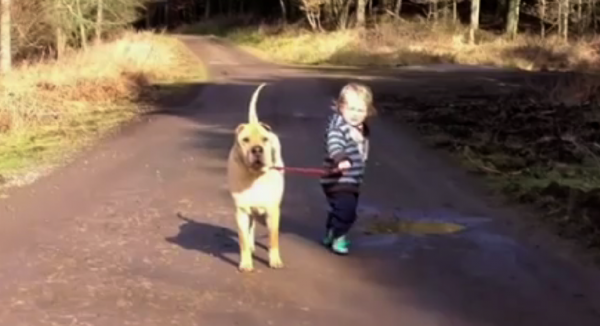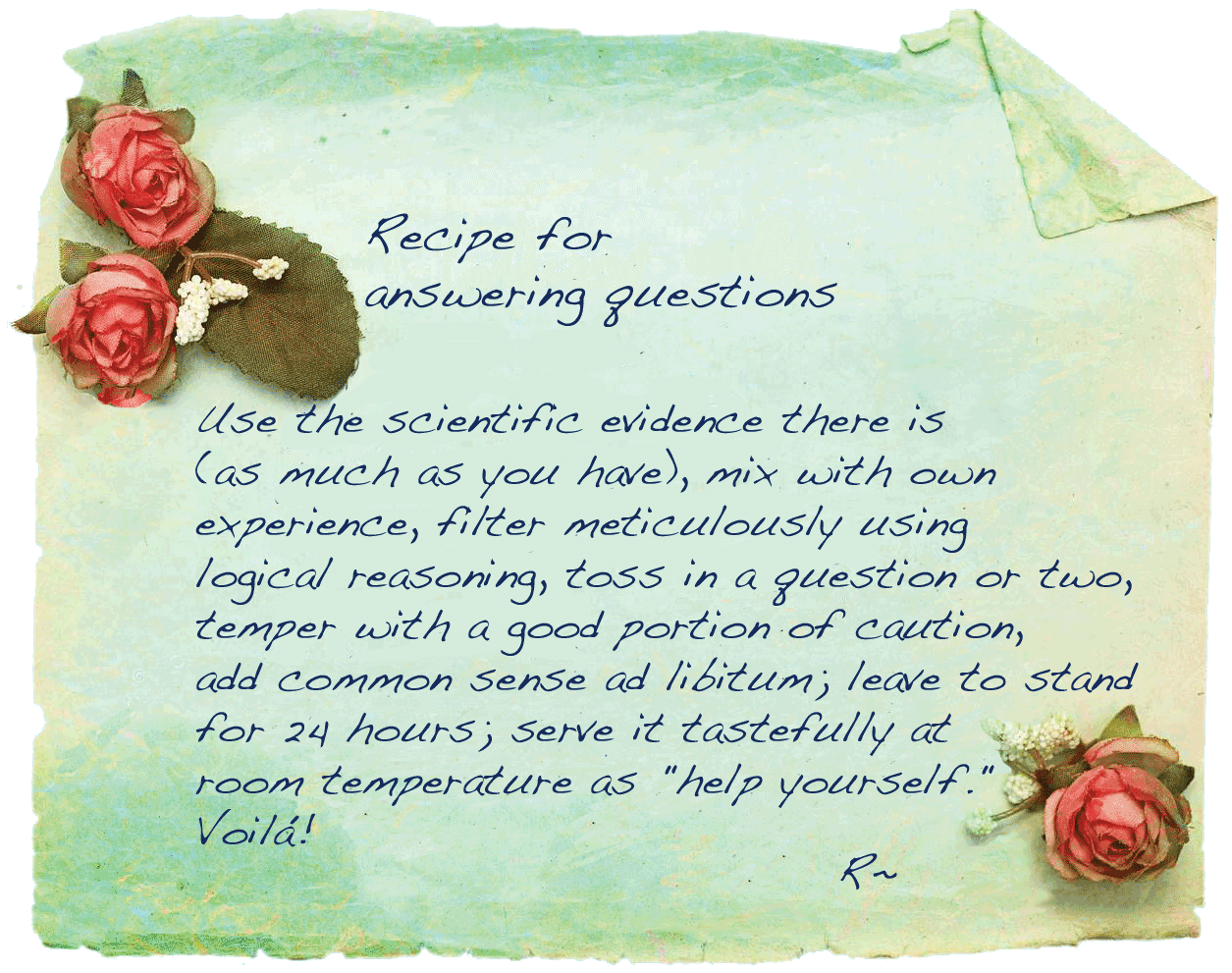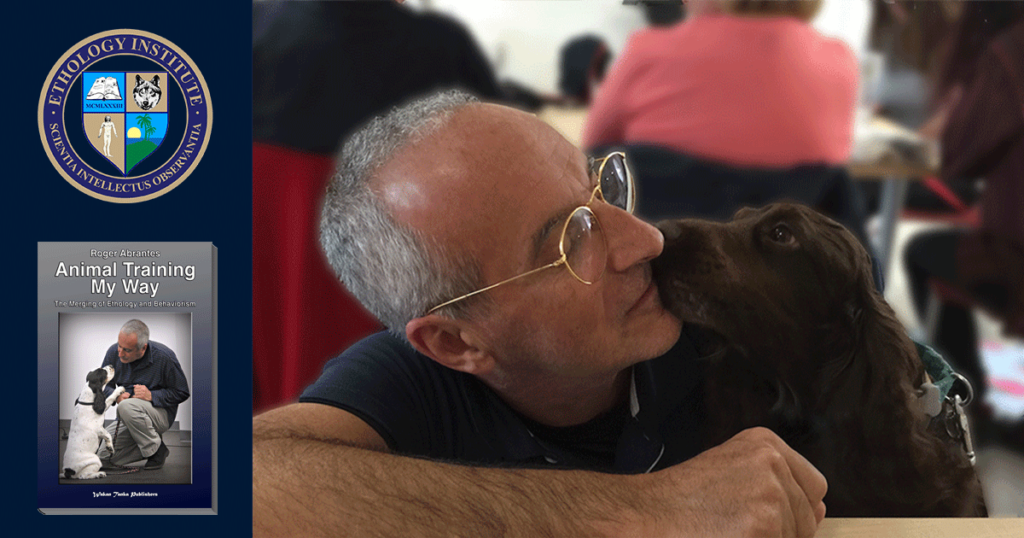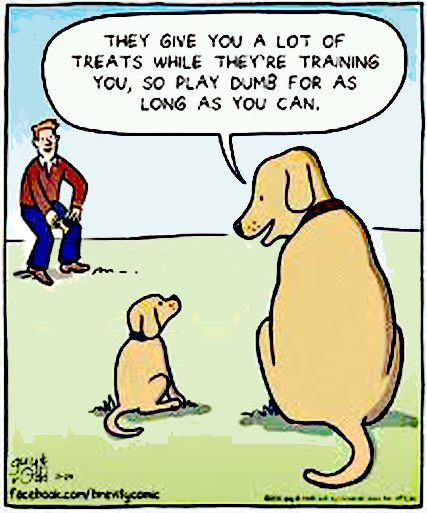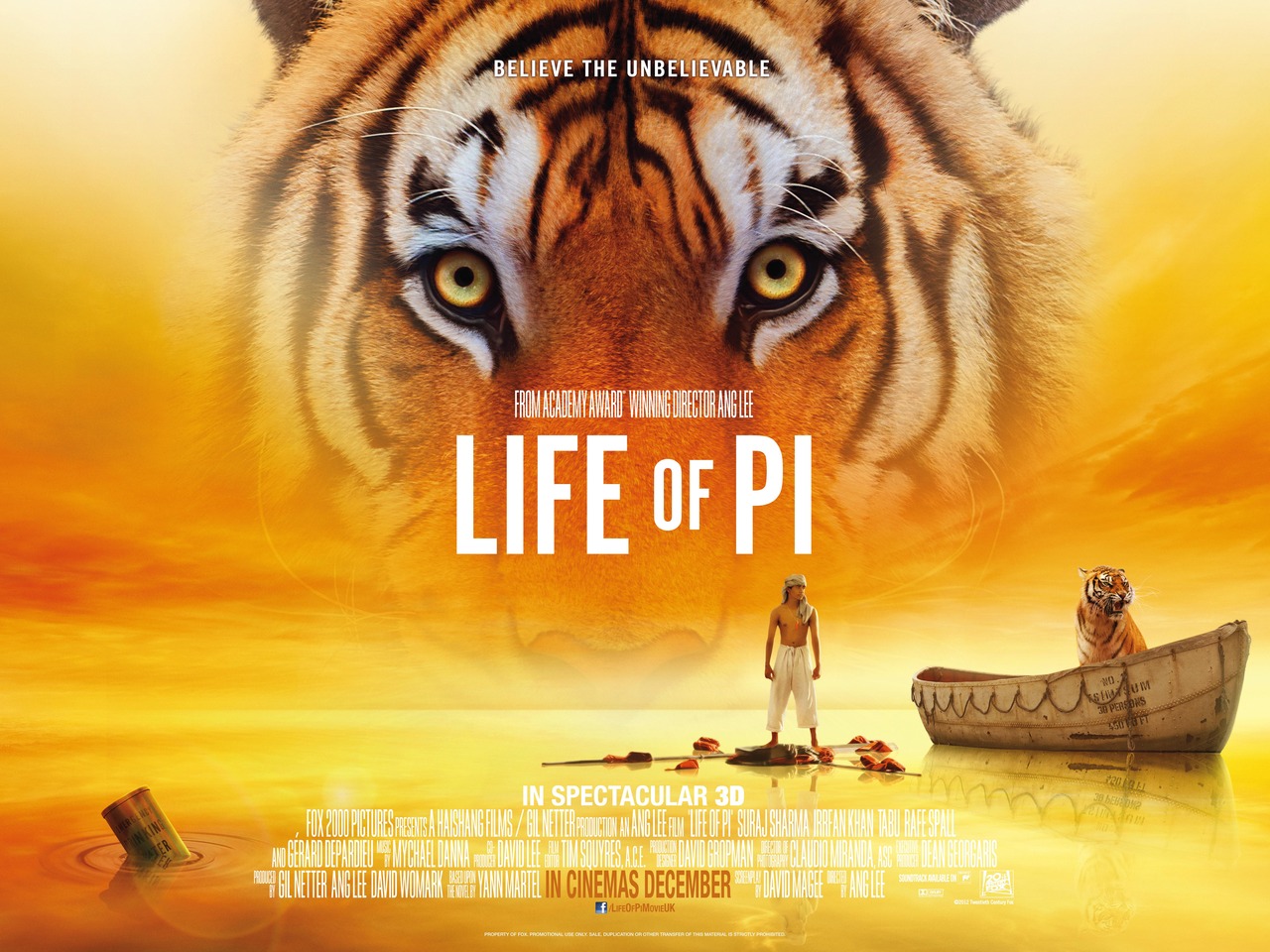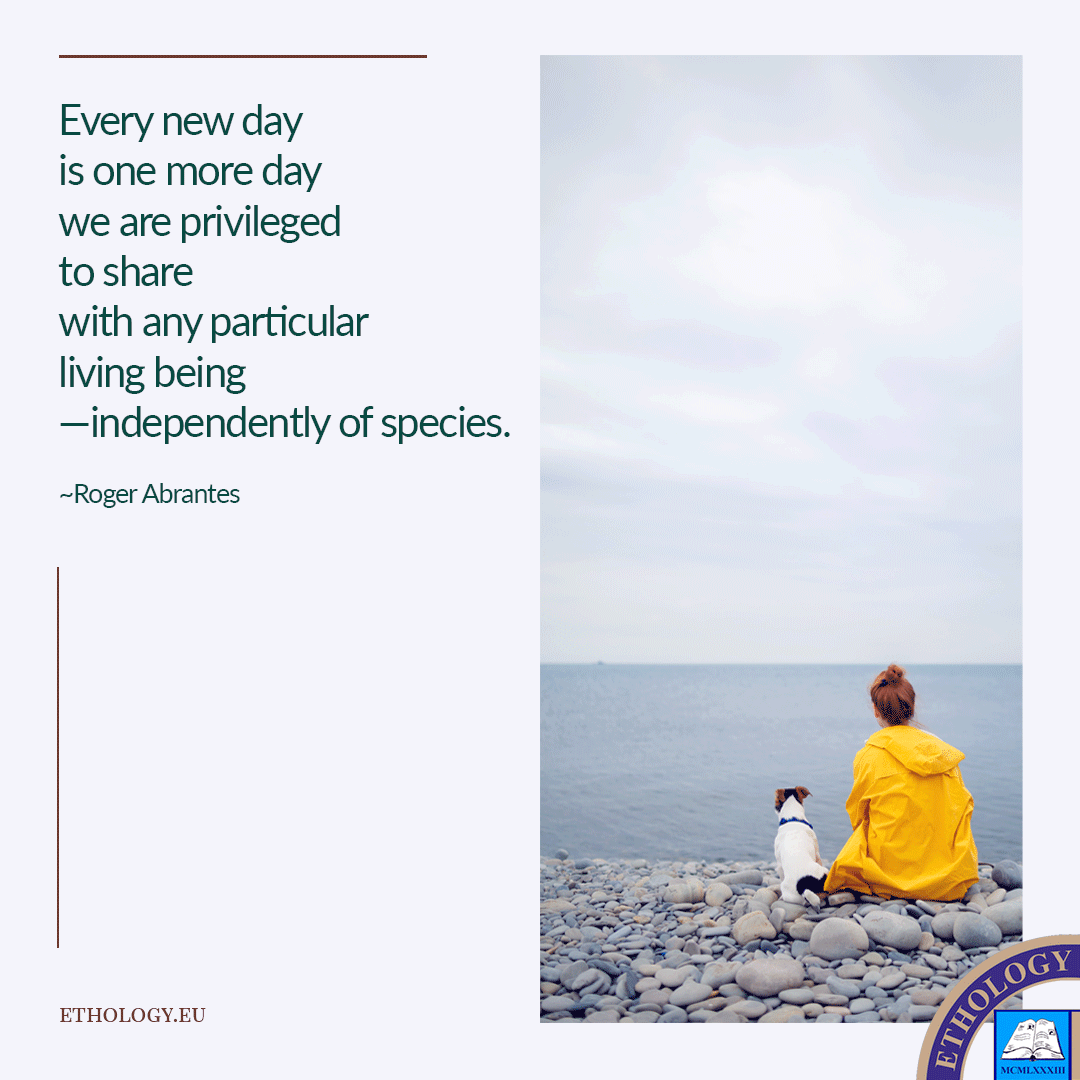I receive many emails with questions about animal behavior. Most of them involve practical issues, but, now and then, someone poses a more complex question. Here is my answer to one of the latter, one I’d like to share with you because it deals with important issues for our understanding of animal behavior and training.
Dear ….,
Thanks for your comment, which gives me the opportunity to clarify a few issues. By no means, I see animals as biological robots or do I regard the Skinnerian approach as the truth, the only truth and nothing but the truth, quite the contrary (please, consider the following passages from “Mission SMAF—Bringing Scientific Precision Into Animal Training”).
“In fact, I suspect that [communication] even involves more than what science can describe with the intrinsic limitations of its key concepts and methods, no matter how stringent they are.”
“It seems to me, therefore, that our goal must not be to oppress or suppress emotions, but rather control them and use them advantageously. Emotional arousal proves to be necessary to learn and the right amount of emotional arousal even shows to increase the efficiency of learning processes.” (A very non-Skinnerian statement, I would say).
As to my own method to analyze learning processes in artificial set-ups (like in animal training), I write: “In a crude sense, SMAF is an oversimplification of complex processes […] certainly not an attempt to reduce complex mechanisms to a few formulas. In the end, [its] value depends solely on its successful application to solving practical problems; beyond that it has no value.”
Operant conditioning (when we use it correctly) is an efficient model of behavior for animal training because we control the conditionals to a certain extent (as Pavlov explains in its original writings, not the subsequent translations). Whilst operant conditioning is adequate to analyze behavior at a particular level, beyond that it is too crude a tool. To do that, we need evolutionary models and concepts like variation, selection, adaptation, fitness, function, evolutionary strategies, ESS (evolutionarily stable strategies), cost and benefit, etc. Thus, my approach to behavior is based on evolutionary biology and philosophically sound argumentation.
Greetings,
RAA
The core of the argument is reductionism, the view that we can reduce complex processes to the sum of its simpler parts. In a sense, all science is reductionistic. We attempt to explain complex processes with a few notions well organized in little boxes. That is a process that seems to suit our human brain particularly well.
However, we must bear in mind that our interpretations, independently of how good they are, are just our pictures of an elusive reality. They suit our particular umwelten but definitely not all. They explain parts of it from particular angles so we can make sense of it. Newton and Einstein, the classical example, are (probably) both right, only explaining reality at two different levels.
There’s nothing wrong about being a reductionist if only we do not get greedy and attempt to explain far too much with far too little as in, “That’s it, this is the way things are. Period.” Simplifying gets us often to the point, which complicating and oversimplifying, both have missed.
In animal training, one theory or one method can be as good as another depending on its foundations, approaches, what it attempts to explain and what practical purposes it intends to serve. If both are based on reliable evidence, use well-defined terms, and are logically sound, there’s little to choose between one or the other.
If only animal trainers would understand that, I believe we would forgo many senseless disputes.
Then again, we can brag about being the most emotional creatures on this big blue marble of ours, can’t we?

